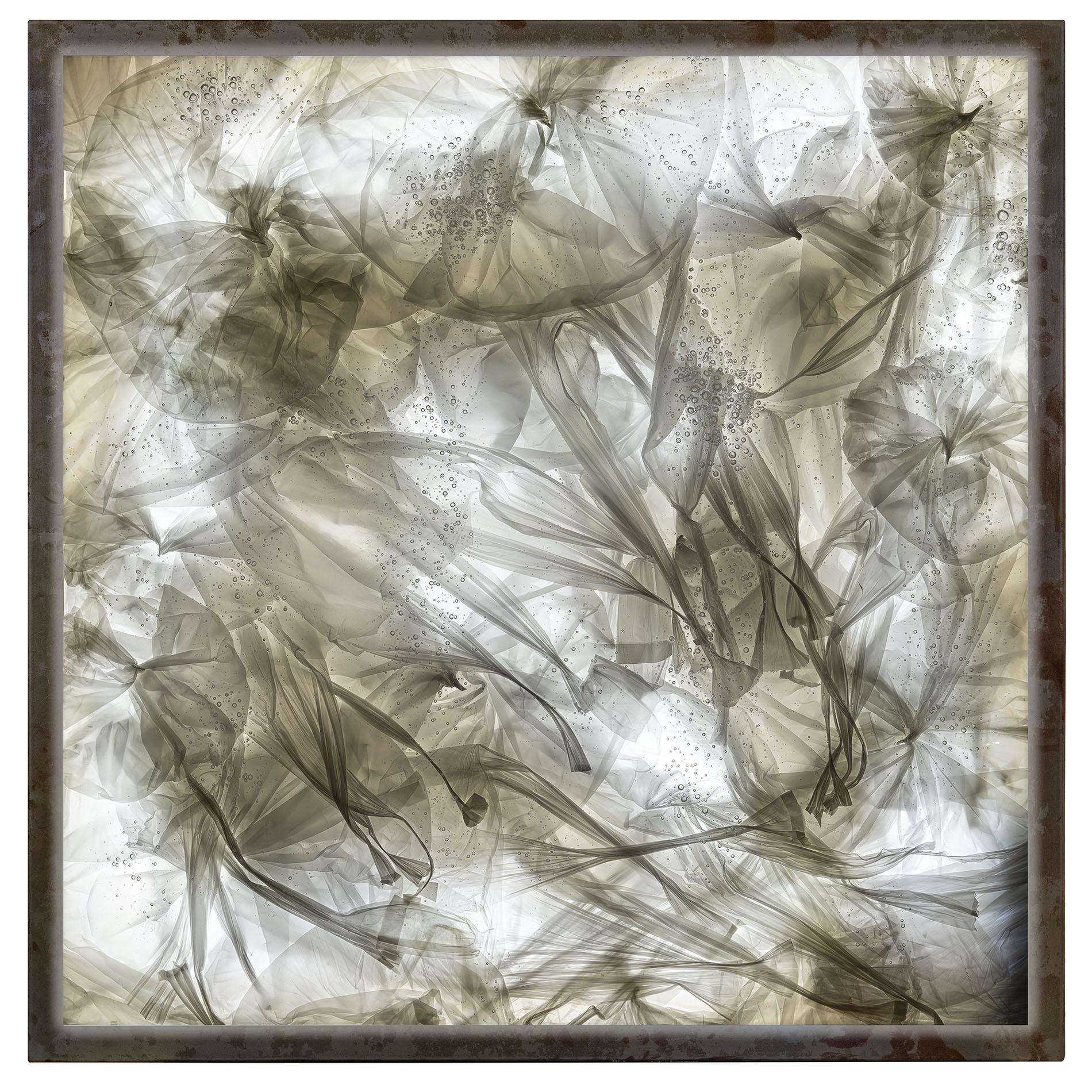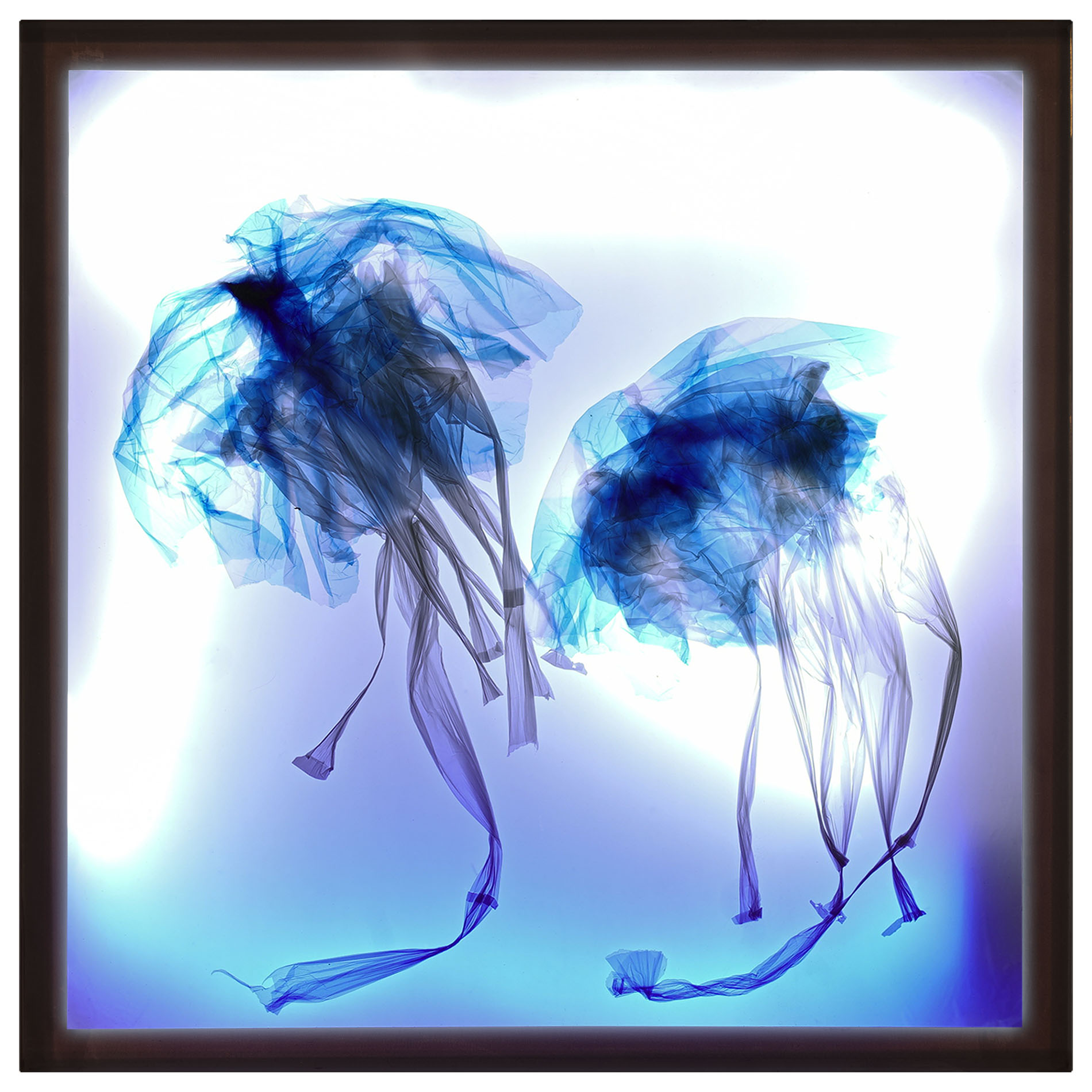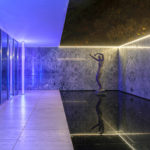Dive!
Shortly after tracing a mysterious «W» in the air, German thinker and writer Johann Wolfgang von Goethe pronounced his last words on his deathbed: «Mehr Licht! Mehr Licht!» (More light! More light!) Many interpretations have been made of it, although the one that seems to hold most true is that which alludes to knowledge, to the ultimate need for reason that accompanies the last moments of life.
In his desire to capture light, that is, to achieve transcendence, artist Mario Pasqualotto approaches nature with an understanding of it as a deep and essential space where he longs to «rediscover» the signs that constitute his identity. In this sense and aligned with the thinking of painters of the Romantic period, the artist feels the abyss that is both desired and unattainable, in equal parts.
However, the desire and deference expressed towards nature by eighteenth-century poets and painters is today only a chimera. Nature cries out for – and indeed demands – new ways of relating to it, new ways of inhabiting it if the aim is to celebrate it. As such, the artist – the poet – «has a whole new experience to explore […] they are a contemplator of ideas, which reconnects them with nature and Oneness – and even reconnects with nature those things that are artificial and contrary to nature, thanks to their profound perception».
And it is precisely in this gesture that Dive! – a set of backlit light boxes – is able to express the suffering of the ocean through pictorial gestures that are emblematic of the artist. Covered with an opaque screen, the waters are torn between their intrinsic fluidity and the viscosity that man imposes on them, between perpetual regeneration and imposed extinction. «[…] I shall mount above these clouds and opaque airs in which I live – opaque, though they seem transparent – and from the heaven of truth I shall see and comprehend my relations,» Emerson alerted us. Here, too, lies the true expression of the painter.
Through matter, Mario Pasqualotto expresses what he exhales into the contemporary world. Although in previous decades this was achieved with lead, copper, or resin and the incorporation of objets trouvés – disused objects to which new meaning was endowed – today we are seduced by the malleability of synthetic materials. With these, he evokes the poetics of nature and urges us, once again, to make our way to the light: more light! more light!






















